Life
Sign up for our newsletter
We summarize the week's scientific breakthroughs every Thursday.
-
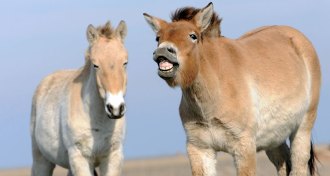 Genetics
GeneticsThe last wild horses aren’t truly wild
The ancestor of today’s domesticated horses remains a mystery after a new analysis of ancient horse DNA.
-
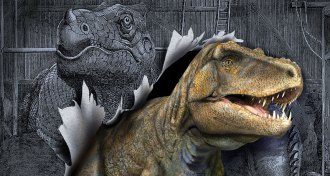 Paleontology
PaleontologyNew fossils are redefining what makes a dinosaur
While some researchers question what characteristics define the dinosaurs, others are uprooting the dino family tree altogether.
-
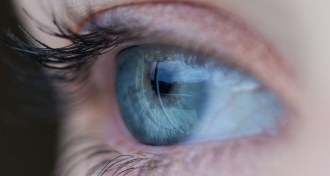 Life
LifeA fake organ mimics what happens in the blink of an eye
A newly crafted artificial eye could help researchers study treatments for dry eye disease and other ailments.
-
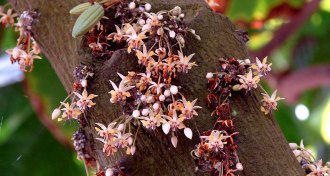 Plants
PlantsThe flowers that give us chocolate are ridiculously hard to pollinate
Cacao trees are really fussy about pollination.
By Susan Milius -
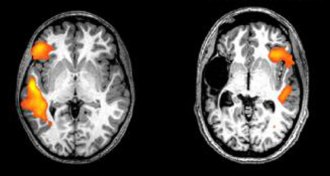 Neuroscience
NeuroscienceBabies can recover language skills after a left-side stroke
Very young babies who have strokes in the language centers of their brain can recover normal language function — in the other side of their brain.
-
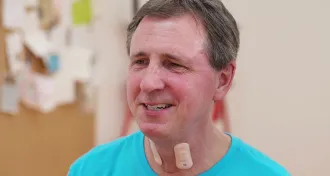 Tech
TechThis stick-on patch could keep tabs on stroke patients at home
New wearable electronics that monitor swallowing and speech could aid rehabilitation therapy for stroke patients.
-
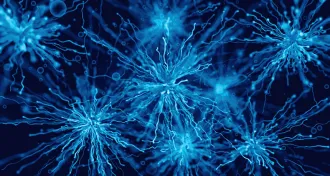 Space
SpaceAmericans would welcome alien life rather than fear it
Americans would probably take the discovery of extraterrestrial microbes pretty well.
-
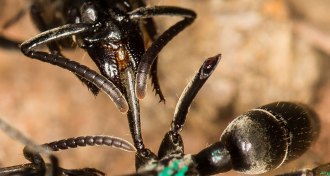 Animals
AnimalsAnts practice combat triage and nurse their injured
Termite-hunting ants have their own version of combat medicine for injured nest mates.
By Susan Milius -
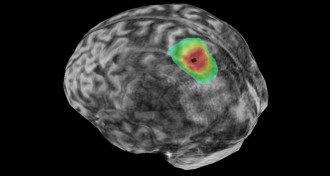 Neuroscience
NeuroscienceTo hear the beat, your brain may think about moving to it
To keep time to a song, the brain relies on a region used to plan movement — even when you’re not tapping along.
By Dan Garisto -
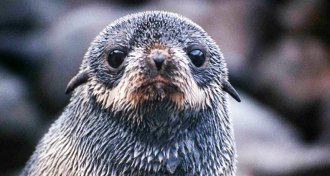 Animals
AnimalsStrong winds send migrating seal pups on lengthier trips
Prevailing winds can send northern fur seal pups on an epic journey.
-
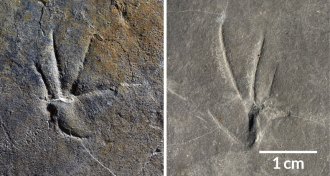 Paleontology
PaleontologyFossil footprints may put lizards on two feet 110 million years ago
Fossilized footprints found in South Korea could be the earliest evidence of two-legged running in lizards.
-
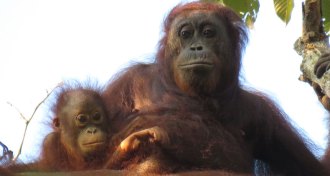 Anthropology
AnthropologyIn Borneo, hunting emerges as a key threat to endangered orangutans
Only small numbers of Bornean orangutans will survive coming decades, researchers say.
By Bruce Bower